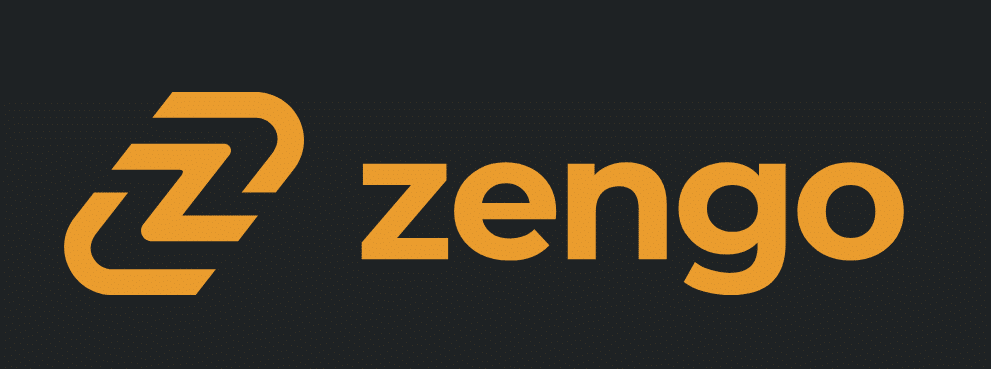The journey of monetary history is a riveting one, starting with the barter system, where humble exchanges of livestock and pottery laid the groundwork for a financial revolution. Humanity evolved to use collectibles, metallic coins, banknotes, before finally arriving at the first form of digital currency to achieve global adoption. Bitcoin’s meteoric rise has led many to question which type of money is the best. By scrutinizing the strengths and weaknesses of both Bitcoin and traditional fiat currencies, we can hope to unveil the ultimate monetary champion.
Money’s Triumvirate: A Tale of Three Functions
Money, the lifeblood of our economic existence, dances a delicate ballet, gracefully performing three indispensable roles: store of value, medium of exchange, and unit of account. As a store of value, money bestows upon us the power to amass and preserve wealth. As a medium of exchange, it orchestrates the vibrant symphony of buying and selling, rendering the clumsy barter system obsolete. Finally, as a unit of account, money conjures a harmonious framework to gauge the worth of a dazzling array of goods and services.
Fiat Money Unmasked: Central Banks and the Nixon Shock’s Repercussions
Fiat money, christened after the Latin word “fiat” meaning “let it be done,” is a currency commanded into existence by a nation’s government and central bank. The infamous 1971 Nixon Shock severed the cord between the U.S. dollar and gold, giving central banks the divine power to manipulate their currencies. A central bank controls the currency supply by printing more money, or adjusting the interest rates to market conditions. Despite the fact that many people don’t know a different reality, fiat currencies come with serious shortfalls, not least the raging inflation it is currently causing. During the COVID-19 pandemic, central banks unleashed trillions of dollars worth of new money in an effort to breathe life into the gasping economy. This resulted in an expanded pool of money chasing a limited supply of goods and services, causing prices to rise worldwide.
Bitcoin Unveiled: Cryptographic Conquests, Halvings, and Digital Fortresses
Bitcoin was conceived by Satoshi Nakomoto in 2009 as an antidote to the breaches of trust that brought down the global economy a year before. A trailblazing pioneer, Satoshi designed Bitcoin as a decentralized digital currency marching to the beat of its own drum, completely out of the control of central authorities. Defying the traditional norms of fiat money, Bitcoin boasts a fixed supply of 21 million coins, spawning new coins through the process of “mining” by which miners who validate transactions earn bitcoin as a return. In order to maintain a fixed supply, Bitcoin’s timetable revolves around “halving” events that occur every four years. During the halving events, mining rewards are slashed by 50%, forging a predictable yet dwindling stream of new coins. To harness the power of Bitcoin, users rely on digital wallets, bastions of security guarding their precious cryptocurrency.
Bitcoin and Fiat Lock Horns
As the epic struggle between Bitcoin and fiat money unfolds, several pivotal battlegrounds take center stage. We can compare Bitcoin and fiat across a number of characteristics:
- Scarcity: With a steadfast limit of 21 million coins, Bitcoin’s scarcity is etched in code. In contrast, fiat money is subject to the whims of central banks, potentially spawning inflation through unchecked printing sprees.
- Global Adoption: As of 2021, a mere 3.9% of the global population had embraced Bitcoin (source: Chainalysis Global Crypto Adoption Index), while fiat money reigns supreme as the universally recognized tender.
- Value Preservation: In the short term, Bitcoin’s price volatility makes it an uncertain choice for storing value. However, citizens of certain countries such as Lebanon and Venezuala are much better off storing their value in Bitcoin than holding onto their worthless national currencies. In the long term, inflation bites off purchasing power from every fiat currency under the sun, strengthening the case for Bitcoin.
The Almighty Dollar Rules Supreme – For Now
In the riveting duel between Bitcoin and fiat money, both contenders boast a unique arsenal of strengths and vulnerabilities. Bitcoin’s unwavering scarcity and decentralized essence present a tantalizing alternative to traditional monetary systems. However, fiat money’s widespread acceptance and ease of use maintain its status as the cornerstone of global commerce.
The monetary vanguard of tomorrow may well hinge on the fusion of these two financial titans or the emergence of a novel contender that seamlessly melds the virtues of both. As the curtain falls on our odyssey, one truth remains indisputable: the evolution of money is an enthralling saga that will continue to captivate and intrigue us for generations to come.




